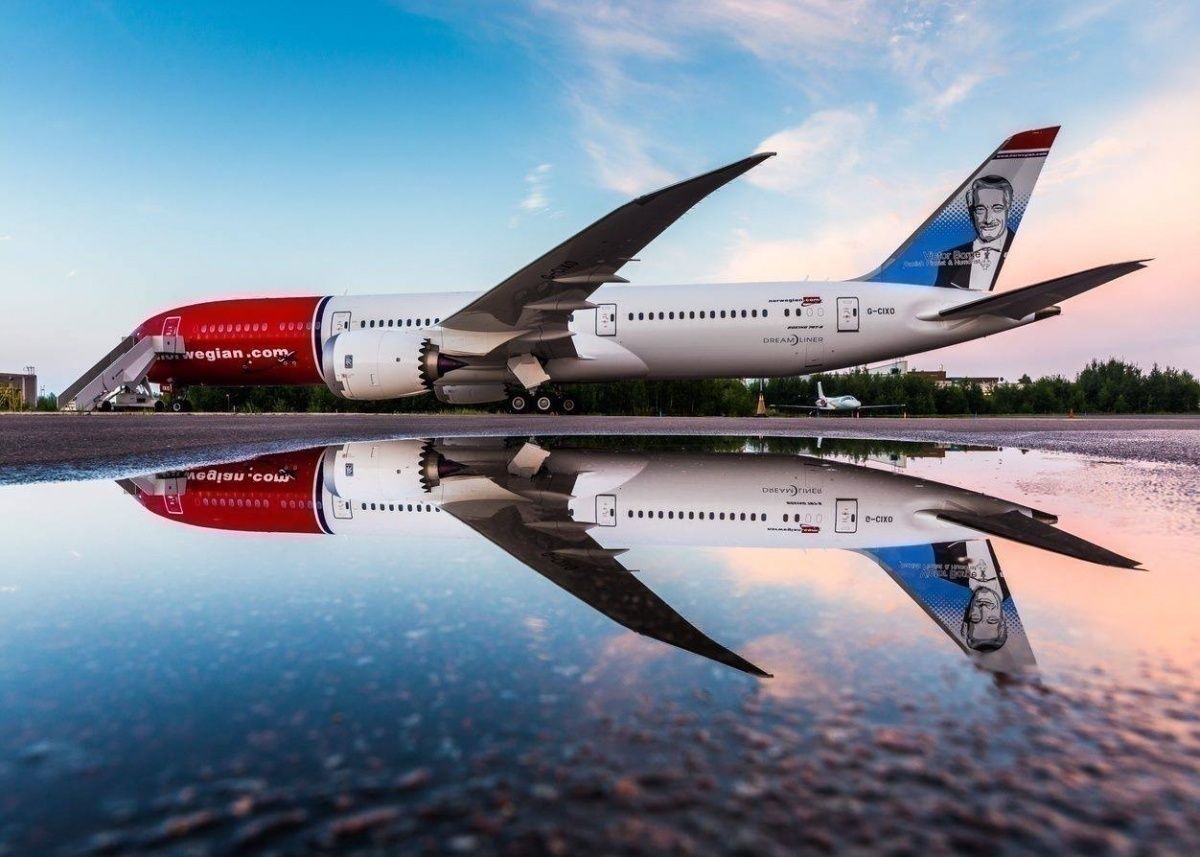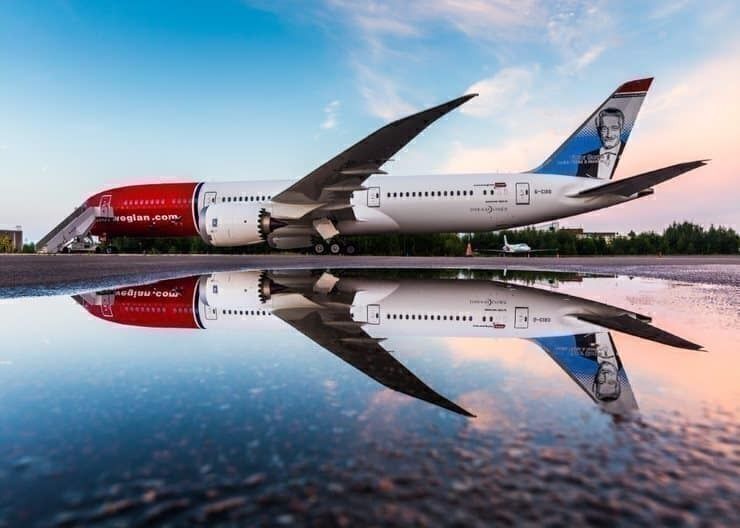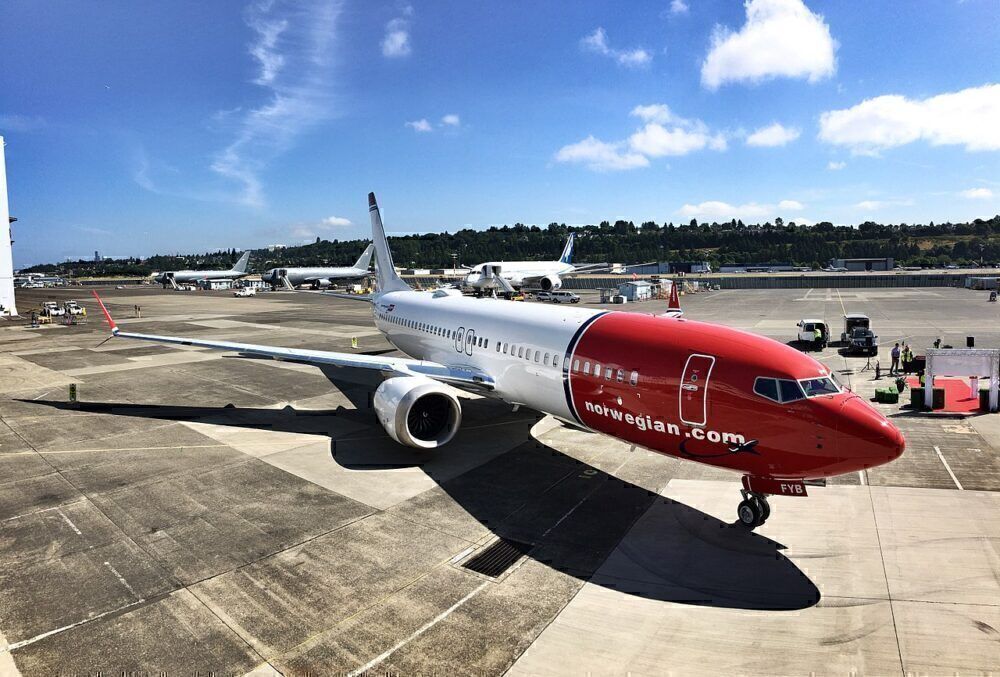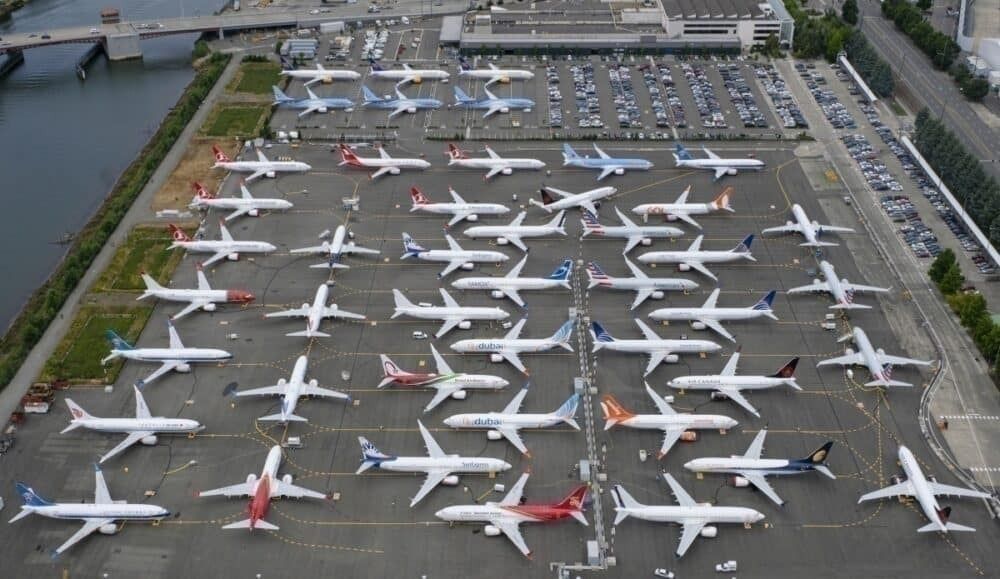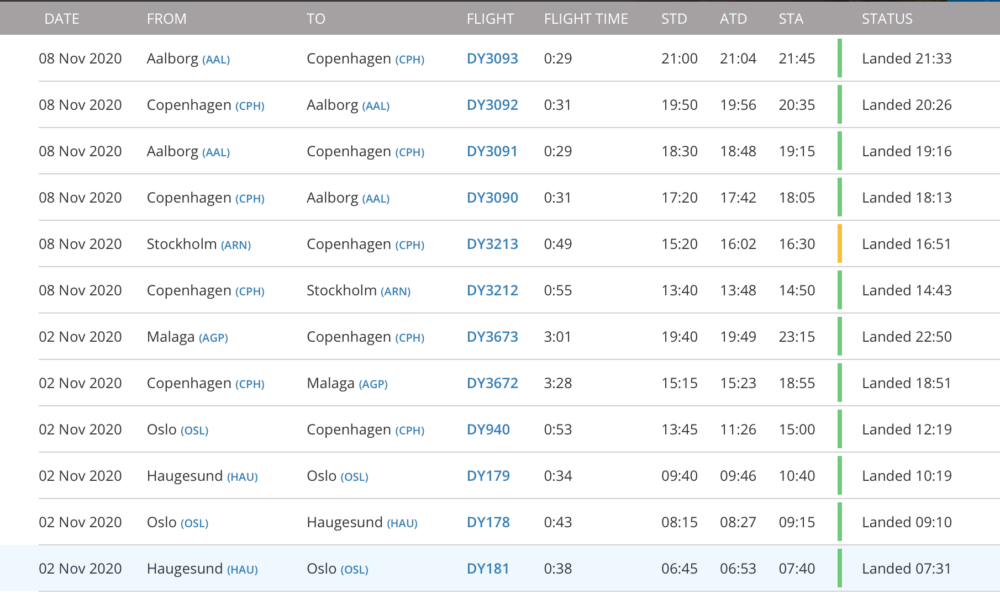We've written a handful of articles recently on Norwegian's fight for survival. From furloughing employees to selling some of its aircraft, the airline is doing what it can to weather the storm in light of the Norwegian Government's reluctance to agree to a bailout. How did the airline find itself in its present situation? Let's take a look back at the airline's rise and decline.
The early years
Norwegian's story began in 1993 when it was first established as a regional airline. According to Reuters, the airline's operations served Norway’s West Coast in cooperation with another Norway-based airline by the name of Braathens. Norwegian started with a fleet of three leased Fokker 50s.
All would remain relatively quiet for about 10 years. However, 2002 would see a major shift in the carrier's business model as it began operating as a low-cost carrier that year, utilizing larger Boeing 737-300 aircraft to fly domestic routes.
The years after 2002 would see further expansion and include the following events:
- 2003: The airline is listed on the Oslo Stock Exchange.
- 2004: A codeshare agreement with FlyNordic and Sterling is launched.
- 2005: The airline declares its first year in profit.
- 2006: A Polish subsidiary and base is established, and flights from Warsaw to five European cities is launched.
2007 through 2012 would be a significant time of expansion for the airline. It started with a 2007 order with Boeing to buy 42 737-800 aircraft. The airline would continue to order and acquire additional aircraft in 2010, 2011, and 2012 - including 787s for long-haul operations.
Norwegian would develop a strong brand as a reliable and reputable low-cost carrier, aided by six years of being crowned "Best European Low-Cost Carrier" by Skytrax World Airline Awards.
"Norwegian has become part of the fabric of Nordic culture and we take great pride in exporting our Nordic values across the world." -Norwegian
Troubles begin
Norwegian’s unlucky streak would start back in 2018. This stemmed from many of the airline's Boeing 787s being grounded following issues with their Rolls-Royce Trent 1000 engines. Along with airlines such as Air New Zealand, Virgin Atlantic, and others, Norwegian's long-haul operations would be affected. Regular Simple Flying readers may recall that the carrier was wet-leased the HiFly Airbus A380 for a few weeks to cope with its lack of 787s.
2019 added more problems for Norwegian. This took the form of two problems with the Boeing 737 MAX. The main issue was of course the grounding of its fleet,along with every other MAX in the world. However, Norwegian also experienced a second, smaller problem.
This stemmed from a December 2018 flight from Dubai to Oslo. En route to Norway, the aircraft developed engine issues shortly after takeoff and diverted to Shiraz in Iran.
While the crew and passengers were picked up by a replacement aircraft the next day, the aircraft itself wasn’t so lucky as it was stranded in Iran for over two months. This was due to a mix of the US Government shutdown and sanctions against Iran, making it difficult to obtain replacement parts and technicians. The aircraft remained stuck in Iran for several weeks before the airline finally got it released.
Stay informed: Sign up for our daily aviation news digest.
Present survival
The airline was then hit by a third consecutive year of turmoil in the form of the global health crisis. Border restrictions and government advisories for travelers to stay home have devastated airlines around the world, including Norwegian.
In fact, much of the airline's fleet has been on the ground since Spring 2020.
With its appeals for a government bailout declined, the airline has begun a reorganization process and has sought protection under Irish law from its creditors, with the airline saying in a statement:
“Seeking protection to reorganize under Irish law is a decision that we have taken to secure the future of Norwegian for the benefit of our employees, customers and investors. Our aim is to find solutions with our stakeholders that will allow us to emerge as a financially stronger and secure airline.”
The airline will now have to seek funding from sources as it hopes to survive long enough for border restrictions to ease, which would hopefully be expedited by the roll-out of a vaccine.
What do you think will happen to Norwegian in the coming months? Let us know your thoughts in the comments.

